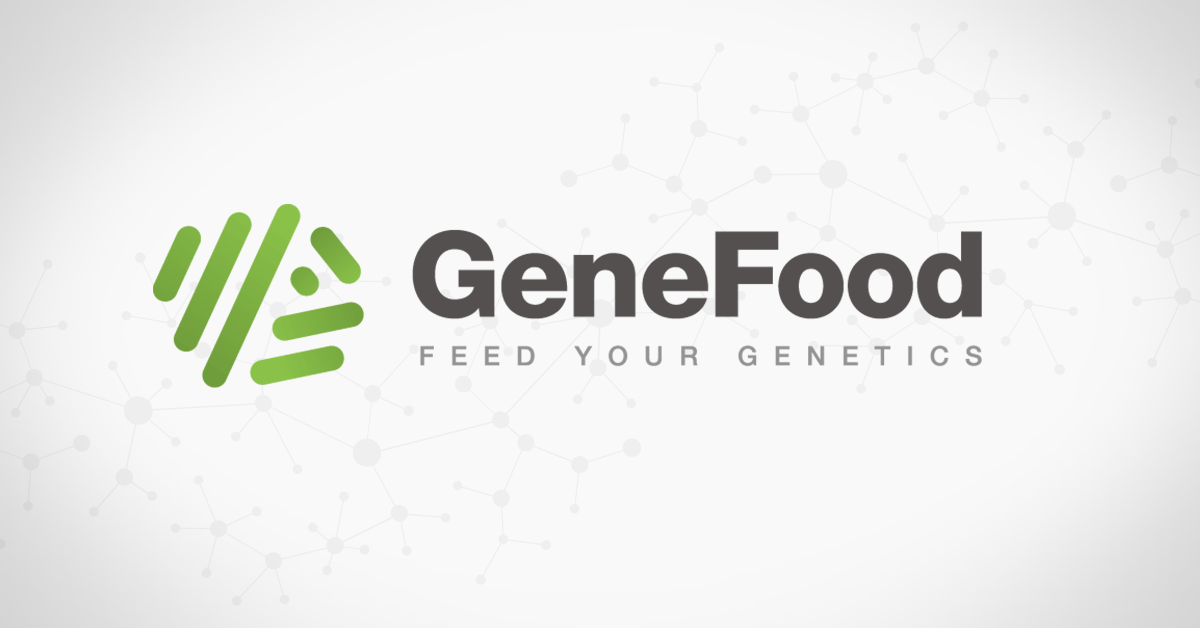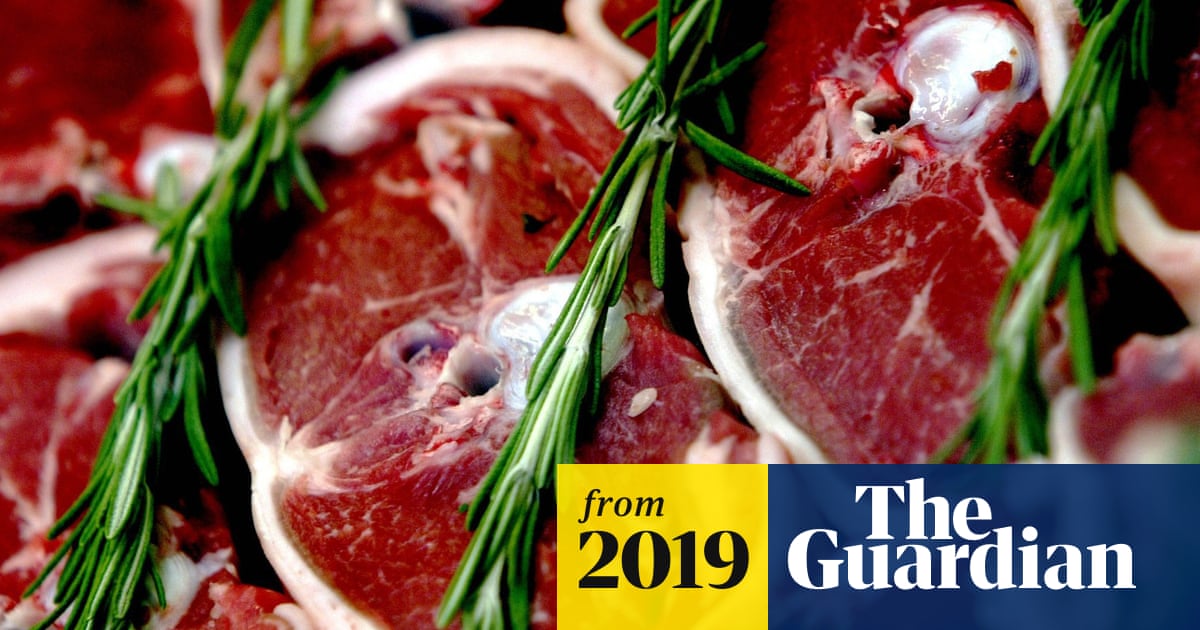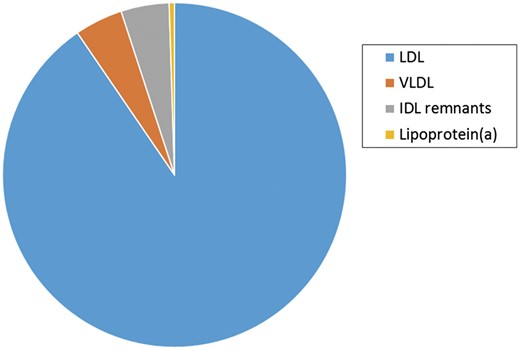- Liittynyt
- 17.10.2016
- Viestejä
- 1 313
Ongelmahan näissä Fineli:n ja myös USDA:n ylläpitämissä tietokannoissa on se, että ne olettaa, että lihassa ei ole c-vitamiinia.Juuri laitoin sinulle linkin Terveyden ja hyvinvoinninlaitoksen ylläpitämään Fineli tietokantaan jossa on analysoitu naudanliha ja ei ole c-vitamiinia.
Nyt alkaa vaikuttamaan, että et ole täällä tieteen faktojen perässä vaan propagandaa tuuttaamassa.
Elintarvike - Fineli
fineli.fi
Tässä esim. USDA:n sikaa koskeva tieto. Tuolta jos katsoo sivulta 7. Löytyy taulukko, missä kerrotaan ravintosisältä. C-vitamiinin kohdalla se on täynnä nollia. Seuraavaksi pitää katsoa aivan oikeanpuolimmaista saraketta. Siellä on Viite 7. Mitä viittessä 7 sanotaan. No siellä sanotaan: SC= 7 - Assumed Zero. Laitan kuvankaappauksen sivusta spoilereihin alle.
Sitten kun katsotaan mitä sieltä lihasta löytyy, kun sitä oikeasti tutkitaan, eikä tehdä oletuksia:
"As meat is a complex matrix, different models have been developed for studying the balance and the interaction between anti- and pro-oxidant substances. Antioxidant defences are composed by non-enzymatic hydro and liposoluble compounds like vitamin E, vitamin C, carotenoids, ubiquinols, polyphenols, cellular thiols, and enzymes like superoxide dismutase (SOD), catalase (CAT) and glutathione peroxidase (GPX). Together enzymatic and non-enzymatic systems operate to counteract the action of pro-oxidants in muscle tissues (Decker, Livisay, & Zhou, 2000, chap. 2)."
Itse olen nyt 9 kuukautta ollut karnivorella ja olo mitä mainion edelleen. Käytännössä naudalihaa, pekonia, rasvaa ja kanamunia, suolaa sekä voita koko ajan. Muutaman kerran naudan maksaa. Edellisestä kerasta tosin taitaa olla jo 4kk. Eipä vielä ikenet vuoda verta ja hampaat tipu. Mistähän tuo johtuu? Yhtään marjaa tai hedelmää en ole koko aikana syönyt, enkä purkista ottanut lisäravinteita.
Vieläkö jollekin jäi epäselväksi, että saako lihasta C-vitamiinia?
Lihan sisältämä vitamiini riittää hyvin, kun hiilihydraatteja ei syödä. C-vitamiini ja glukoosi ovat molekyylirakenteeltaan hyvin samanlaisia ja kun hiilihydraatteja ei syö, niin käytännössä kaikki lihan c-vitamiini imeytyy.
Kasvikunnan tuotteisssa on todella paljon antiravinteita, jotka haittaavat monen ravintoaineen imeytymistä. Keittäminen niitä vähentää, mutta ei poista kaikkia. Siksi ne suositukset ovat niin korkealla.
"Nutrients are associated with positive effects on human health. Antinutrients, on the other hand, are far less popular for the contemporary man. They are highly bioactive, capable of deleterious effects as well as some beneficial health effects in man, and vastly available in plant-based foods. These compounds are of natural or synthetic origin, interfere with the absorption of nutrients, and can be responsible for some mischievous effects related to the nutrient absorption. Some of the common symptoms exhibited by a large amount of antinutrients in the body can be nausea, bloating, headaches, rashes, nutritional deficiencies, etc. Phytates, oxalates, and lectins are few of the well-known antinutrients."
Haluaako käyttäjä @vindicator rapeto valita seuraavan aiheen, missä haluat, että osoitan, että olet väärässä.
Viimeksi muokattu:





